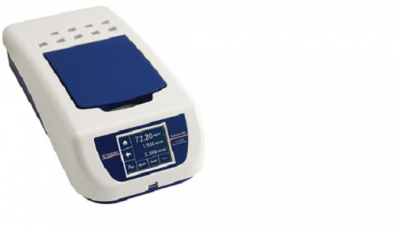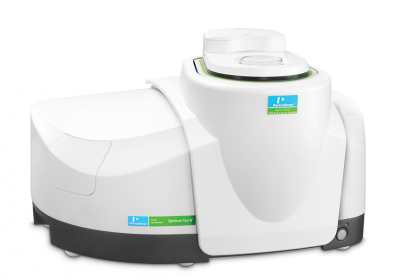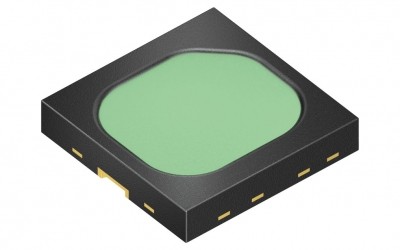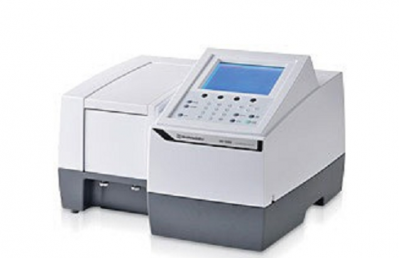FTIR systems meet small lab space and ease of use demand - Shimadzu
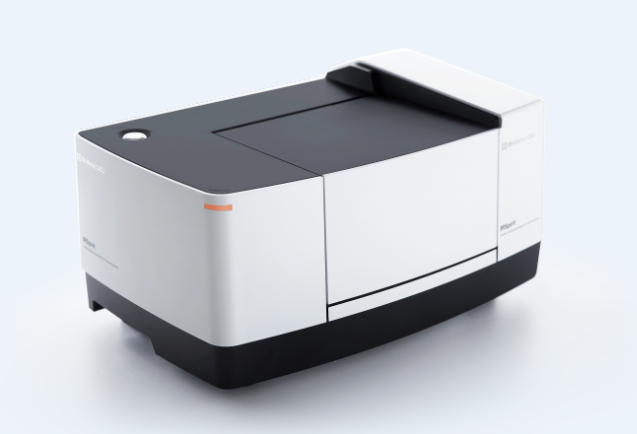
The IRSpirit series are for the pharmaceutical, chemical and food industries as well as academic institutions.
They can be used for quantification and identification of sugar in food or packaging analysis.
IRSpirit-T and IRSpirit-L
The IRSpirit-T and IRSpirit-L provide a wide sample compartment that accommodates existing accessories from Shimadzu and optional products from other manufacturers.
The L version is cheaper than T version due to the detector: IRSpirit-L is using LITaO3 detector and IRSpirit-T uses the DLATGS detector with temperature control.
Wavelength range is 7800 to 350 cm-1 and resolution is 0.9cm-1.
Shimadzu said the instruments tap into the increasing trend of small lab spaces and ease of use.
“Because they have less space in the lab due to the number of equipment requested and the user wants to get fast and confident results.
“But the knowledge of user is not so high and they need to have an instrument able to help and guide the user in his job to get the best possible results.”
Shimadzu added clients request compact systems because they are easily movable and most have little technical knowledge so are looking for an instrument where they can push the button and get the result.
The S/N (signal to noise) is one of the specifications about quality of a FTIR system.
Noise is a baseline of a FTIR, it is a spectrum measurement without sample. It should be as small as possible. Signal is the maximum of a noise peak. This two parameters in ration will result in the S/N parameter. The higher this parameter, the better detection limits.
Compare spectra to a database
FTIR systems detect infrared light transmitted through or reflected from the sample and then determine the wavelength components in that light by a Fourier transformation process.
They are used for identifying or quantifying substances contained in samples or predicting their chemical structure.
Infrared spectroscopy is used to analyze solid, liquid or gas samples. Depth of light penetration for ATR measurements is affected by wavenumber, angle of incidence and refractive index.
The systems compare the spectra (obtained after the analysis) to a database and suggests the most likely component (the first three spectra are the most likely) among different spectra.
Penetration depth is a parameter from the attenuated total reflection (ATR) accessory.
In theory the mirror reflection at 45 degree is named total reflection. The light is coming through the air and is matching the mirror surface. In other words the refractive index of air is smaller than that of the mirror. Under this condition and 45 degree incident angle of the light you have total reflection.
With ATR you change one parameter this is the refractive index. The beam is coming from a high refractive index to a low refractive index. And the condition of 45 degree incident angle will generate the physical phenomena of a light interaction of the energy with the low refraction material before the beam is finally reflected in 45 degree.
This interaction is named penetration depth of the energy into sample surface. This penetration depth is depending on refractive index of the two materials (optical crystal and sample), the incident angle and wavelength.
An IRPilot program allows users to quick start 23 different analysis workflows for applications such as identification tests, contaminant analysis, quantitative analysis and film thickness calculations.
A diamond prism is often used for ATR spectroscopy but when a substance with a high refractive index such as black rubber is measured, a germanium prism is used to avoid distortion.
From a hardware perspective, the systems provide the same sample compartment width as Shimadzu’s higher-end models despite being one third of their size.
For software, a program allows operators with minimal analytical experience to acquire high-quality data. LabSolutions IR software controls the IRSpirit and executes data manipulations.
